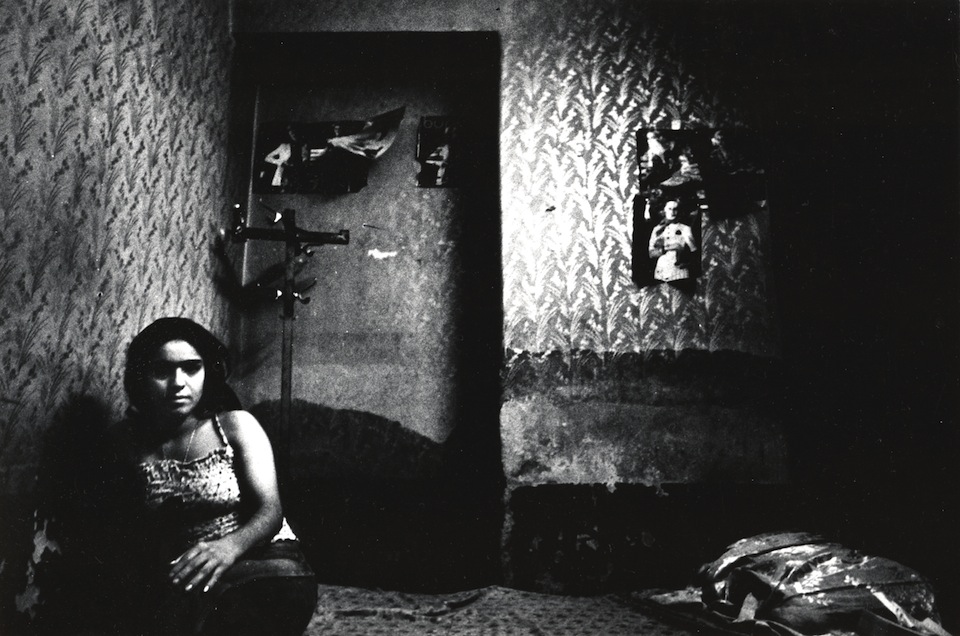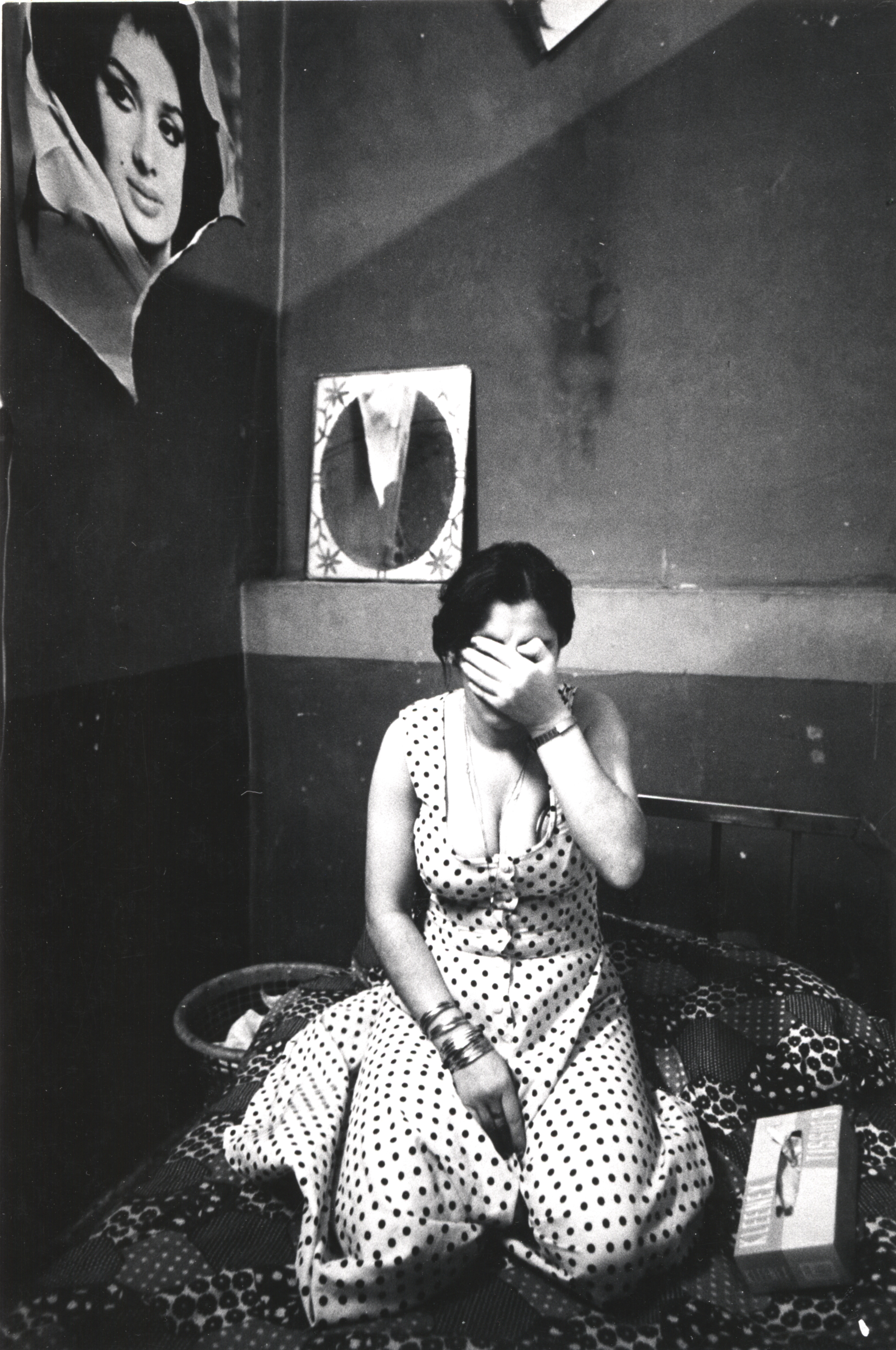Archaeology of the Final Decade
Re-creating the Citadel: Kaveh Golestan and the Intimate Politics of the Marginal

Untitled, Prostitute series (1975-77) | courtesy Kaveh Golestan Estate
This first iteration of the project presents the iconic Prostitute series (1975-1977) from the prolific Iranian documentary photographer Kaveh Golestan and his photographs from the Citadel of Shahr-e No, the red light ghetto of Tehran, unseen since 1978. Using the Prostitute series as a point of departure the project focuses on multivalent intersections of art, society, law and religion during 1960-80ies Iran. This research – a documentary of the documentary – articulates personal, socio-psychological and geo-historical trajectories regarding organised sex work in Tehran during that period, bringing together Golestan’s photographs with personal anecdotes, diary entries, newspaper clippings, film documentaries and audio interviews.
Untitled, Prostitute series (1975-77) | courtesy Kaveh Golestan Estate
Revisiting the work of Kaveh Golestan highlights the uncomfortable relationship between the state and the Citadel of Shahr-e No. Here Golestan aims to rupture metropolitan complacency and to confront his audience with the darker face of their society. Much of his artistic ethos is directed towards shifting public opinion and motivating democratic civic action. Golestan and an active intellectual milieu in the 1960s and 1970s, especially on the Left, were driven by social conscientiousness and strove to expose and incorporate the marginal into the mainstream as an act of political motivation.
The process of creation involved several years of study and research, long visits to the site of the Citadel, the befriending of the residents. It took Golestan a year and a half to carefully compose the portraits. His meticulous observation and empathetic sensitivity to the individual subjectivities of the women of the Citadel has produced one of the strongest photographic studies of femaleness composed in Iran.
Untitled, Prostitute series (1975-77) | courtesy Kaveh Golestan Estate
The Citadel was set on fire a few weeks before the victory of the revolution in 1979 (with an undisclosed number of residents trapped inside) and then demolished shortly after through an official decree. Some of the women were tragically charred to death during the blaze and several others were arrested and later faced the revolutionary firing squads in the summer of 1980. The erasure of the urban neighbourhood signified the initiation of a programme of cultural cleansing that transformed the Iranian landscape. At the core of this cultural revolution was a redefining of sexual and gender urban mores. The revealing photographs captured by Kaveh Golestan are the only photographic memory of these women and the urban space of the Citadel. The area was flattened and in an act of memory erasure converted into a park which stands today.

